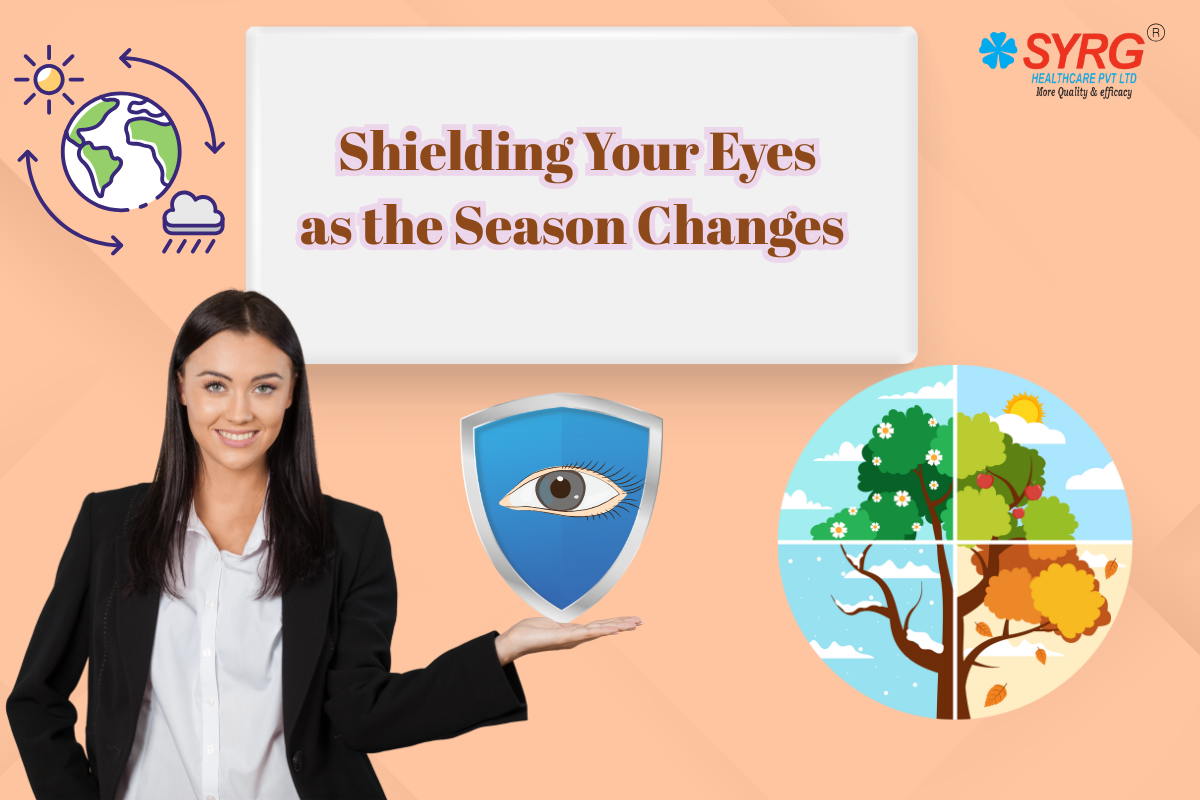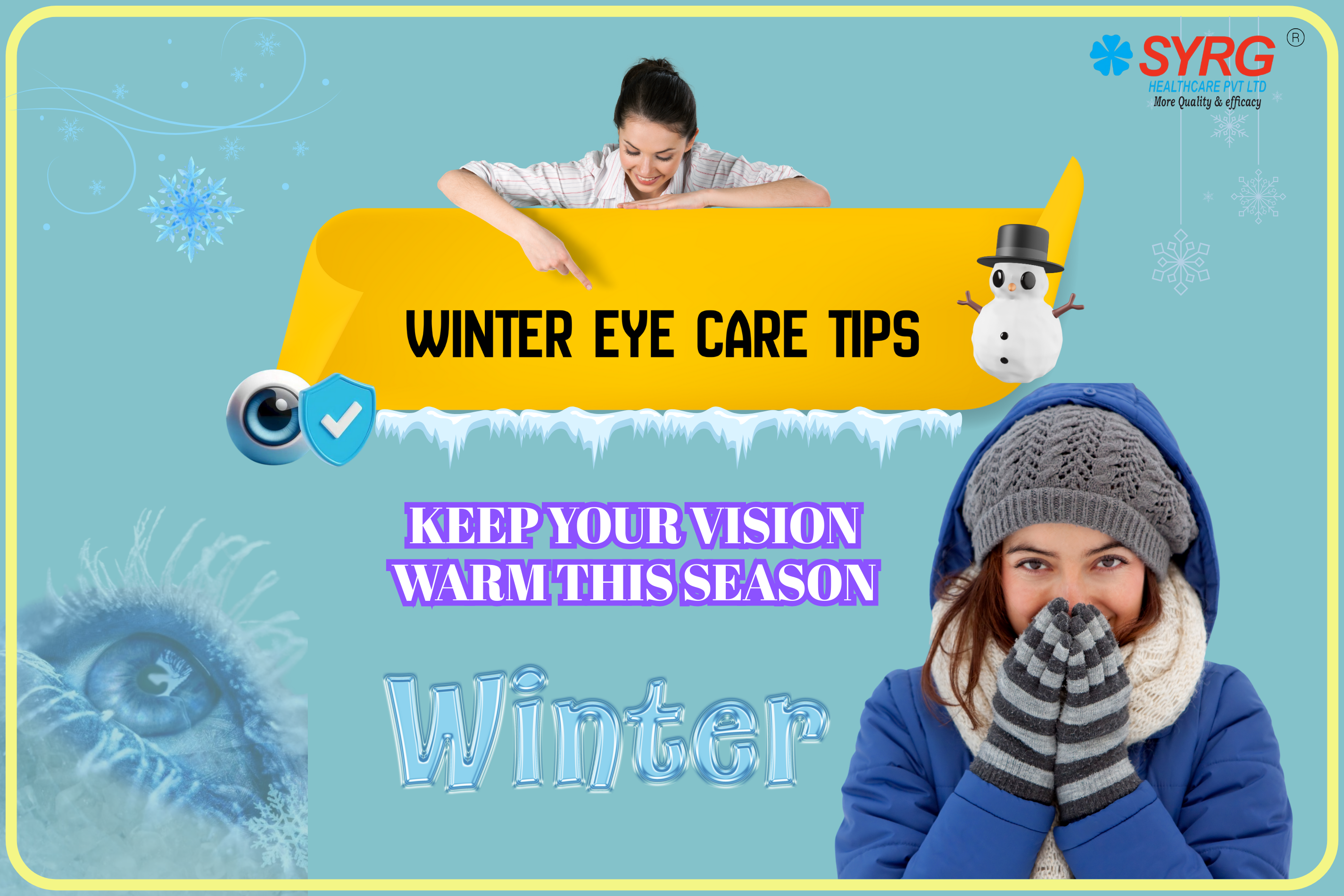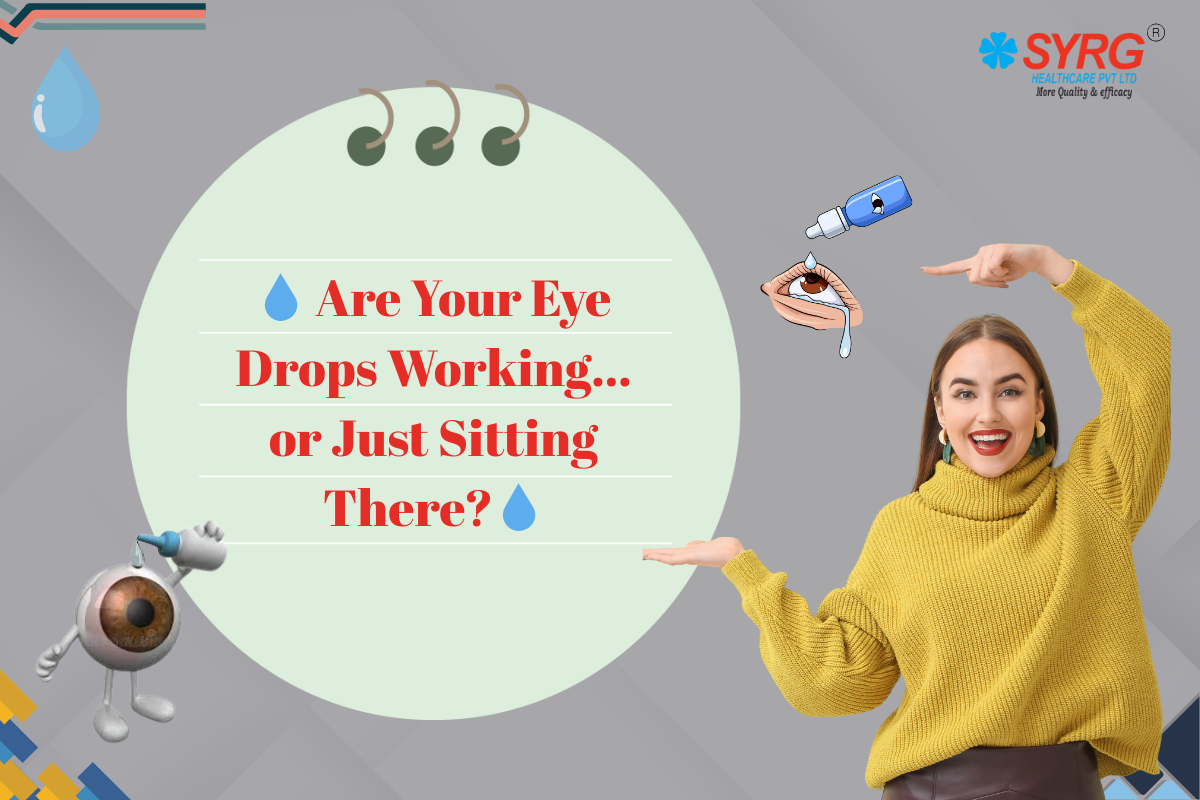Shielding Your Eyes as the Season Changes: Tips for Comfort and Care in Post-Monsoon Transition
1. What’s Changing?
.png)
The transition from monsoon to post-monsoon brings a significant drop in humidity levels. While monsoon showers clean the air, September often sees increased dust accumulation and pollen from dry surroundings. These environmental changes can irritate the sensitive ocular surface. Additionally, temperature fluctuations can cause the eyes to become dry or feel strained. People may also experience increased exposure to airborne pollutants, especially in urban areas. Windy days, typical in post-monsoon, can further aggravate eye dryness. Understanding these seasonal triggers is the first step in preventing eye discomfort. Awareness of changes in climate, humidity, and air quality can help you adapt your eye care routine accordingly.
.png)
2. Common Eye Issues in the Post-Monsoon Season
.png)
During post-monsoon, certain eye conditions tend to flare up more frequently. Allergic conjunctivitis is common due to increased pollen and dust in the air. Dry eye syndrome becomes more noticeable as humidity drops and indoor heating or fans circulate dry air. Eye fatigue can occur from prolonged screen exposure combined with environmental irritants. Some people may also experience redness, watering, or a gritty sensation in the eyes. Symptoms can vary from mild irritation to more significant discomfort that interferes with daily activities. Seasonal allergies may exacerbate pre-existing eye conditions, making preventive care even more important. Regular observation and early intervention can reduce the risk of complications.
3. Preventive Measures
.png) Preventing eye problems in the post-monsoon season requires small, practical adjustments. Wearing protective eyewear outdoors can reduce exposure to dust and allergens. Maintaining proper hydration is essential; drinking water frequently helps keep the eyes moist. Using home humidifiers can balance indoor air moisture, particularly if heaters or fans are running. Keeping indoor spaces clean and free of dust will reduce allergen exposure. Avoid rubbing your eyes, as this can worsen irritation or trigger infections. Taking regular breaks from screens helps reduce eye fatigue. Proper nutrition, including foods rich in Omega-3 and antioxidants, supports overall eye health. These preventive measures create a comprehensive approach to protect your eyes during seasonal transitions.
Preventing eye problems in the post-monsoon season requires small, practical adjustments. Wearing protective eyewear outdoors can reduce exposure to dust and allergens. Maintaining proper hydration is essential; drinking water frequently helps keep the eyes moist. Using home humidifiers can balance indoor air moisture, particularly if heaters or fans are running. Keeping indoor spaces clean and free of dust will reduce allergen exposure. Avoid rubbing your eyes, as this can worsen irritation or trigger infections. Taking regular breaks from screens helps reduce eye fatigue. Proper nutrition, including foods rich in Omega-3 and antioxidants, supports overall eye health. These preventive measures create a comprehensive approach to protect your eyes during seasonal transitions.
4. Proper Use of SYRG Healthcare Products
.png) SYRG Healthcare offers specialized eye drops and lubricants to provide relief during seasonal eye challenges. Using these products correctly ensures maximum effectiveness. Always wash your hands before applying eye drops to prevent contamination. Tilt your head back, gently pull the lower eyelid, and place the drop in the conjunctival sac without touching the tip to your eye. Blink slowly to spread the solution evenly. Depending on the product, follow the recommended frequency, and never exceed the dosage. For individuals with dry eye symptoms, using lubricating drops regularly can alleviate irritation. Learn more tips on proper eye drop usage in our “Are You Using Eye Drops Correctly?” guide. Correct usage enhances comfort and protects your eyes from seasonal stressors.
SYRG Healthcare offers specialized eye drops and lubricants to provide relief during seasonal eye challenges. Using these products correctly ensures maximum effectiveness. Always wash your hands before applying eye drops to prevent contamination. Tilt your head back, gently pull the lower eyelid, and place the drop in the conjunctival sac without touching the tip to your eye. Blink slowly to spread the solution evenly. Depending on the product, follow the recommended frequency, and never exceed the dosage. For individuals with dry eye symptoms, using lubricating drops regularly can alleviate irritation. Learn more tips on proper eye drop usage in our “Are You Using Eye Drops Correctly?” guide. Correct usage enhances comfort and protects your eyes from seasonal stressors.
5. When to Seek Help
.png) While minor irritation is common, certain symptoms require professional attention. Persistent redness, pain, blurred vision, or sensitivity to light should not be ignored. Eye discharge, swelling, or sudden vision changes indicate potential infections or serious conditions. If irritation persists despite preventive measures and proper eye drop usage, it’s essential to consult an eye specialist promptly. Regular eye check-ups help detect early signs of seasonal allergies or other underlying issues. Timely intervention ensures proper treatment and prevents long-term complications. Prioritizing eye health during seasonal transitions safeguards your vision for years to come.
While minor irritation is common, certain symptoms require professional attention. Persistent redness, pain, blurred vision, or sensitivity to light should not be ignored. Eye discharge, swelling, or sudden vision changes indicate potential infections or serious conditions. If irritation persists despite preventive measures and proper eye drop usage, it’s essential to consult an eye specialist promptly. Regular eye check-ups help detect early signs of seasonal allergies or other underlying issues. Timely intervention ensures proper treatment and prevents long-term complications. Prioritizing eye health during seasonal transitions safeguards your vision for years to come.
Conclusion:
.png) The post-monsoon season is beautiful, but it brings unique challenges for eye health. By understanding environmental changes, recognizing common eye issues, and adopting preventive measures, you can keep your eyes comfortable and healthy. SYRG Healthcare products, when used correctly, offer effective relief and support during this period. Most importantly, listening to your body and seeking timely medical advice ensures that minor irritations don’t develop into serious problems. Make eye care a part of your seasonal routine, and enjoy clear, comfortable vision throughout the year.
The post-monsoon season is beautiful, but it brings unique challenges for eye health. By understanding environmental changes, recognizing common eye issues, and adopting preventive measures, you can keep your eyes comfortable and healthy. SYRG Healthcare products, when used correctly, offer effective relief and support during this period. Most importantly, listening to your body and seeking timely medical advice ensures that minor irritations don’t develop into serious problems. Make eye care a part of your seasonal routine, and enjoy clear, comfortable vision throughout the year.
FAQs:
Q1: Why do my eyes feel dry after the monsoon?
A: Post-monsoon air is drier, and dust levels rise, causing the tear film to evaporate faster, leading to dryness.
Q2: Can allergies cause eye irritation after the monsoon?
A: Yes, pollen, dust, and mold spores can trigger allergic conjunctivitis, resulting in redness, itching, and watering.
Q3: How can I protect my eyes outdoors?
A: Wearing sunglasses or protective eyewear, avoiding dusty areas, and limiting direct wind exposure can help.
Q4: How often should I use lubricating eye drops?
A: Follow the instructions on the product label or as advised by an eye specialist; usually 2–4 times daily for mild dryness.
Q5: When should I consult an eye specialist?
A: Persistent redness, pain, blurred vision, discharge, or swelling are warning signs that need professional attention.
Q6: Can diet help improve eye comfort in the post-monsoon season?
A: Yes, foods rich in Omega-3 fatty acids, Vitamin A, C, and E can help maintain healthy tear production and reduce inflammation.
Q7: Do indoor humidifiers really help with eye dryness?
A: Yes, they add moisture to dry indoor air, which helps prevent tear evaporation and reduces dryness-related discomfort.




